Engine design
rboone7760
10 years ago
Related Stories

REMODELING GUIDESWhen to Use Engineered Wood Floors
See why an engineered wood floor could be your best choice (and no one will know but you)
Full Story
KITCHEN DESIGNKitchen Counters: Stunning, Easy-Care Engineered Quartz
There's a lot to like about this durable blend of quartz and resin for kitchen countertops, and the downsides are minimal
Full Story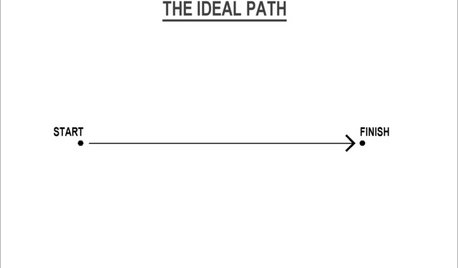
MOST POPULARThe Many Paths of Design, Part 1
Blame engineering issues, unforeseen revisions or even the Internet. As these diagrams show, it's probably not your fault
Full Story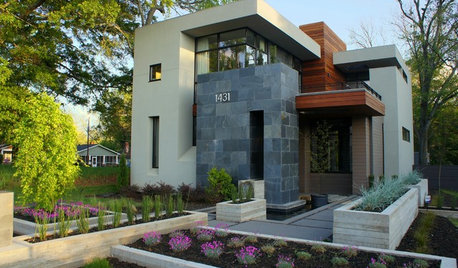
EVENTSDesign Calendar: May 24–June 14, 2012
Get a lift from fine art and antiques in London or hit the streets for a home tour in the States. And video gamers, start your engines
Full Story0
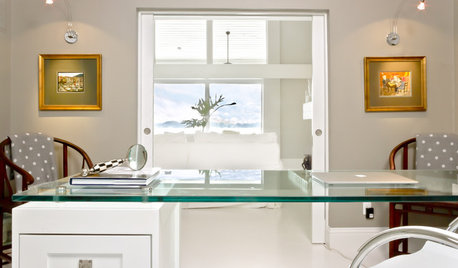
DESIGN DICTIONARYSafety Glass
If you need glass that will shatter safely for windows, doors and more, look to highly engineered safety glass
Full Story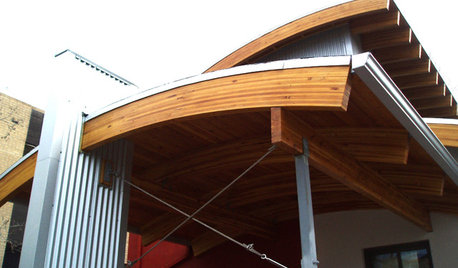
DESIGN DICTIONARYGlulam
The nickname might sound funny, but this engineered wood has some serious strength
Full Story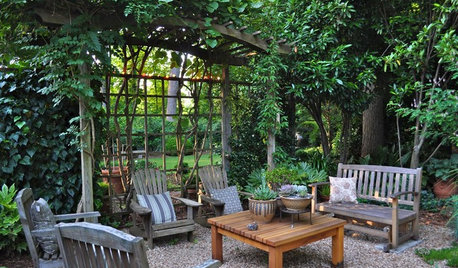
LANDSCAPE DESIGN10 Materials for an Elegant, Harmonious Landscape
Give your landscape the polished, rustic or perfectly imperfect look you love with these natural and engineered materials
Full Story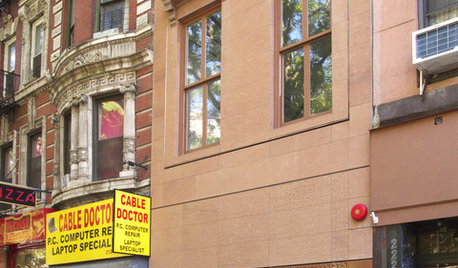
HOUZZ TOURSHouzz Tour: Manhattan Brownstone Hides a Surprise
Behind an unassuming residential facade on an East Village street dotted with storefronts lies a feat of engineering
Full Story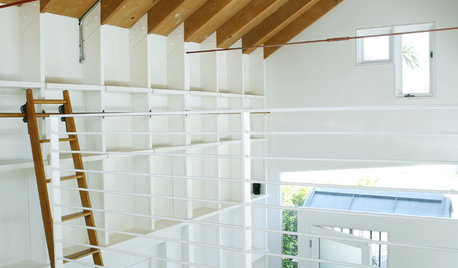

HOUZZ TOURSHouzz Tour: Visionary Thinking Clicks With a San Francisco Entrepreneur
An open mind and an unusual process help a successful software engineer get an interior design that suits and celebrates his life
Full Story





mownie
james_garfield
Related Professionals
Carlisle Landscape Architects & Landscape Designers · Eden Prairie Landscape Architects & Landscape Designers · Fort Lee Landscape Architects & Landscape Designers · Seabrook Landscape Architects & Landscape Designers · Allentown Landscape Contractors · McKinney Landscape Contractors · Bloomington Landscape Contractors · Broadlands Landscape Contractors · Commack Landscape Contractors · Metairie Landscape Contractors · Pleasant Grove Landscape Contractors · Santa Maria Landscape Contractors · Costa Mesa Window Contractors · Brooklyn Window Contractors · Ocean Pines Window Contractorsmownie